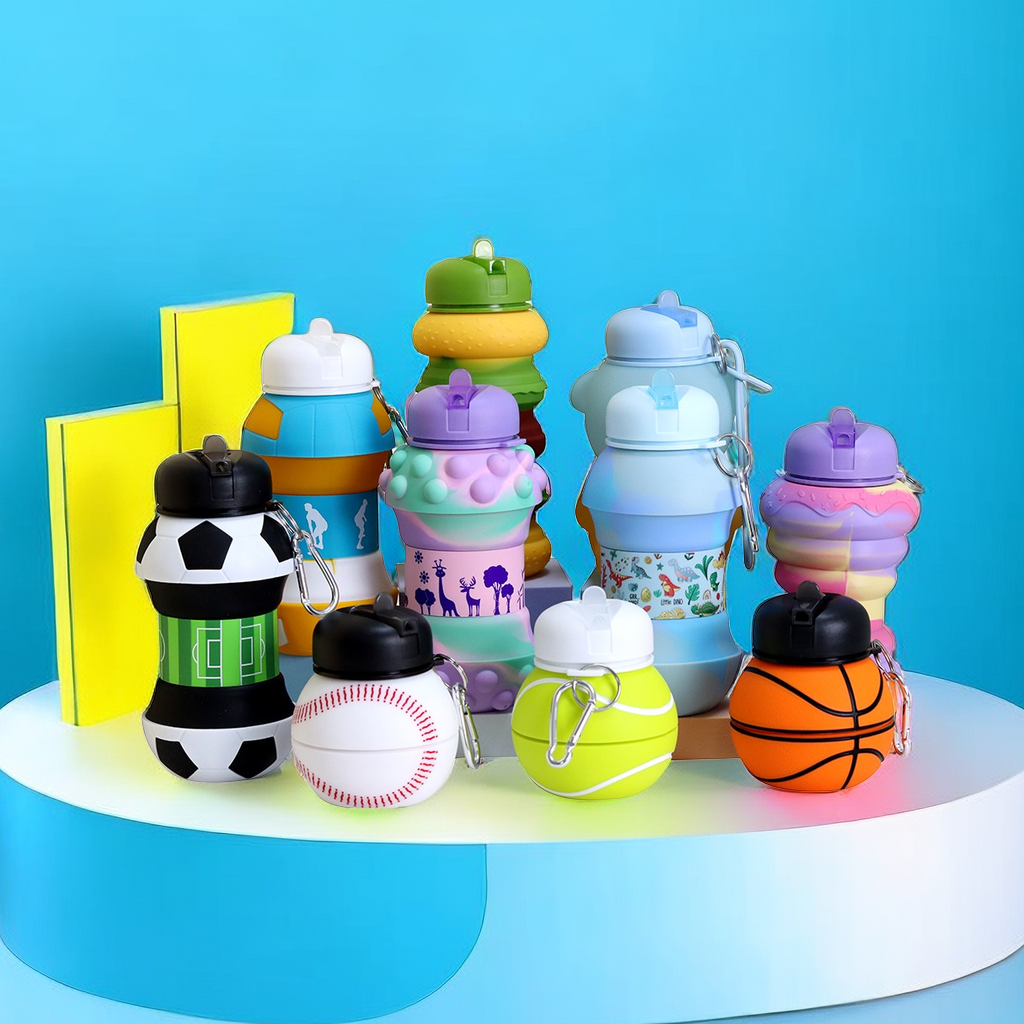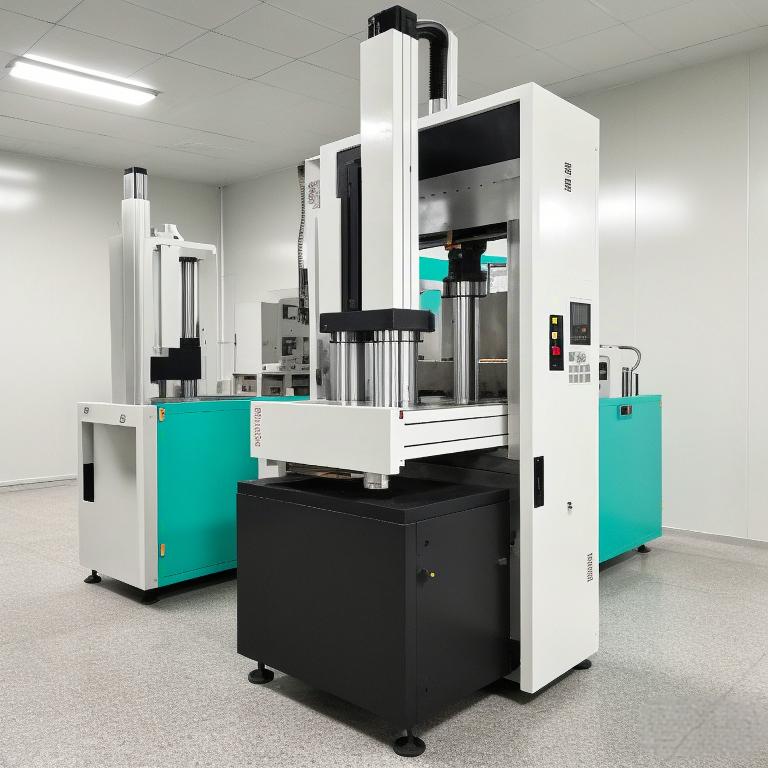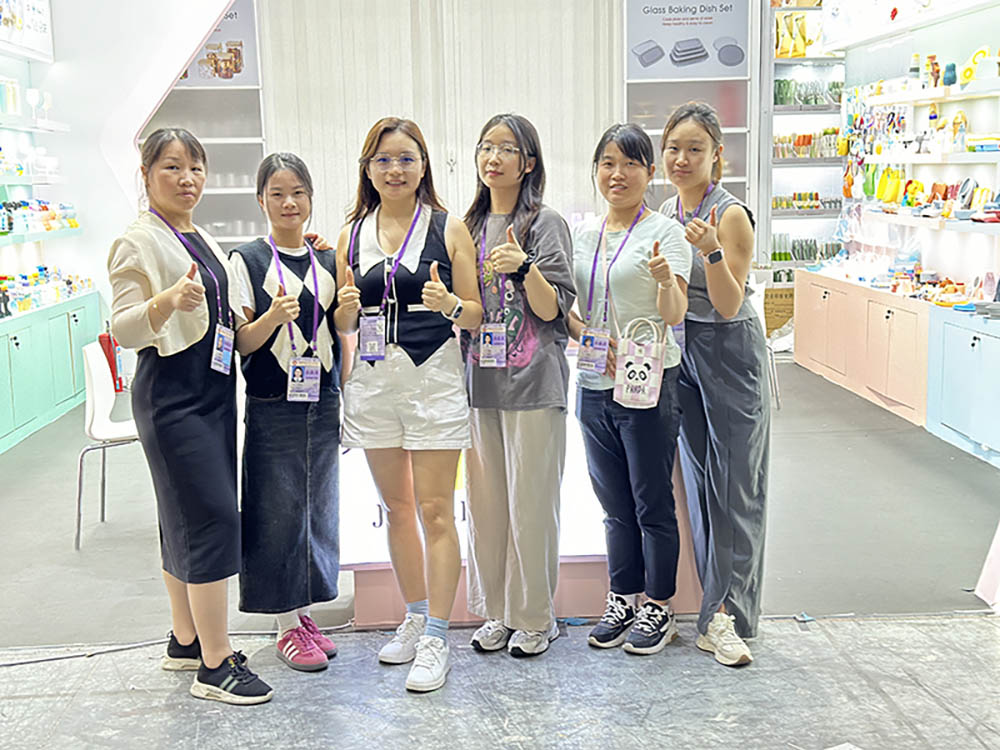Contenido
In the ever-evolving world of consumer goods, Silicone Applications are witnessing an array of exhilarating new trends that present a plethora of possibilities for B2B customers. As businesses look to stand out with unique, high-quality, and customized silicone-based items, the demand for innovative solutions is on the rise. This article delves into how wholesalers can leverage these trends to meet the needs of their clients while ensuring they stay ahead of the curve.
![]()
![]()
The Versatility of Silicone in Everyday Consumer Goods
Silicone has become a go-to material in the manufacturing of daily-use items due to its robustness, flexibility, heat resistance, and safety. In kitchenware, it’s used for non-stick baking sheets, spatulas, and even microwave-safe storage containers. For infants, silicone provides soft, bite-resistant teething toys BPA-free feeding bottles, and feeding sets. Additionally, in personal care, silicone finds its way into makeup sponges, hair brushes, and shower caps, all designed to enhance user experience without compromising on health or the environment.
![]()
![]()
Emerging Trends in Silicone Applications
As market trends evolve, so too does a preference for practical yet stylish silicone products. Growing awareness of environmental issues means consumers are more inclined toward eco-friendly options. Silicone, being both long-lasting and recyclable, fits perfectly into this narrative. Here are some of the new silicone application trends.
Health and Wellness Innovations
In the realm of health and wellness, silicone plays a pivotal role. From fitness trackers and smartwatches to medical-grade silicone devices like orthopedic supports and prosthetic liners, the material is making significant strides. These applications require precise engineering and strict adherence to safety standards, which makes them ideal for brands that want to build trust through quality.
![]()
![]()
Pet Products Made from Silicone
Pet Products Made from Silicone For our four-legged friends, silicone offers a range of pet-friendly solutions. Items such as collapsible water bowls, pet grooming gloves, and anti-slip food mats provide convenience and hygiene. With a focus on durability and ease of cleaning, these products cater to pet owners who value both functionality and design.
![]()
![]()
Durabilidad y longevidad
Silicone is known for its exceptional durability. Unlike other materials, silicone does not degrade over time, even when exposed to extreme temperatures, UV light, or regular wear and tear. This makes silicone pet products, such as feeding bowls and toys, more resilient and long-lasting. For example, a silicone pet bowl will not crack, chip, or break if dropped, ensuring a safer and more durable product for pets and their owners.
Flexibility and Comfort
The flexibility of silicone is another significant advantage. It can be molded into various shapes and sizes, making it ideal for creating ergonomic designs that are comfortable for pets. Pet grooming gloves made from silicone, for instance, offer a soft and gentle touch while effectively removing loose hair and dirt. The flexibility also means that these gloves can conform to the contours of a pet’s body, providing a more comfortable and effective grooming experience.
Non-toxic and Safe
Safety is a paramount concern for pet owners. Silicone is a non-toxic, food-grade material that is free from harmful chemicals such as BPA, phthalates, and lead, which can be found in some plastics. This makes silicone a safe option for items that come into contact with food, water, or a pet’s mouth, such as feeding bowls and chew toys. Additionally, silicone is hypoallergenic, reducing the risk of allergic reactions in sensitive pets.
![]()
![]()
Ease of Cleaning and Hygiene
Hygiene is crucial in pet care, and silicone excels in this area. Its smooth, non-porous surface resists bacteria and mold growth, making it easier to clean and maintain. Silicone pet products, like food mats and feeding bowls, can be easily washed by hand or in a dishwasher without losing their shape or color. This ease of cleaning ensures that pet products remain hygienic and free from odor, promoting better health for pets.
Resistencia a la temperatura
Silicone can withstand a wide range of temperatures, from cold to high heat. This property is particularly useful for pet travel water bottles, which may be exposed to varying outdoor conditions. A silicone water bottle can be frozen to keep water cool during hot summer days or heated to provide warm water in colder weather, all without compromising the integrity of the material.
Sustainability at the Core: Silicone in Eco-Friendly Consumer Goods
One of the most compelling aspects of silicone is its potential for recycling. Companies are now developing methods to recycle silicone, reducing waste and promoting a circular economy. By integrating recycled silicone into their product lines, manufacturers can offer a green alternative that aligns with the values of today’s environmentally conscious consumers. Moreover, the longevity of silicone products reduces the need for frequent replacements, leading to cost savings and less impact on the planet.
Conclusion: Embracing the Future with Silicone Applications
With the ongoing advancements in technology and a shifting consumer mindset toward sustainability, the future of Silicone Applications in consumer goods looks bright. B2B suppliers have a golden opportunity to tap into these trends by offering innovative, customizable, and eco-conscious silicone products. As we move forward, embracing the full potential of silicone will be key to staying competitive and meeting the diverse needs of wholesale buyers.




